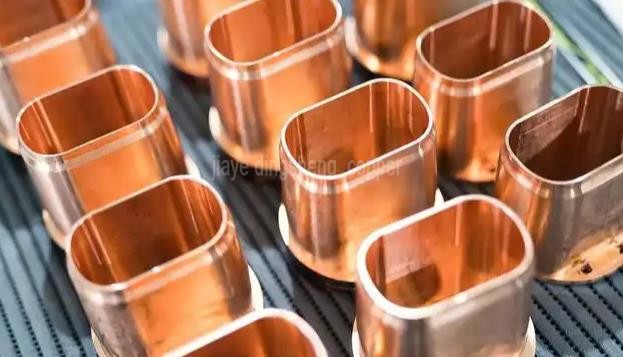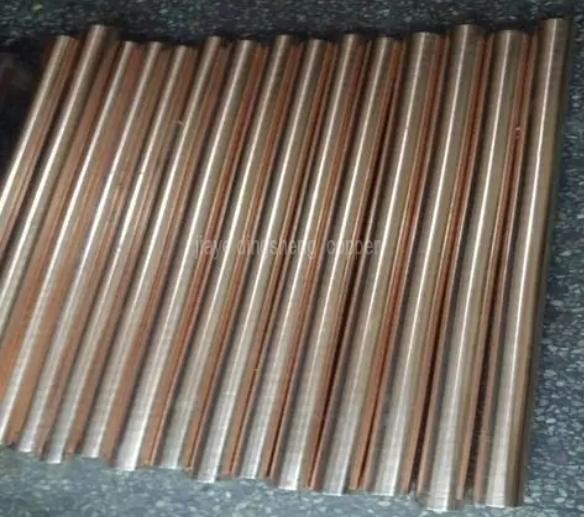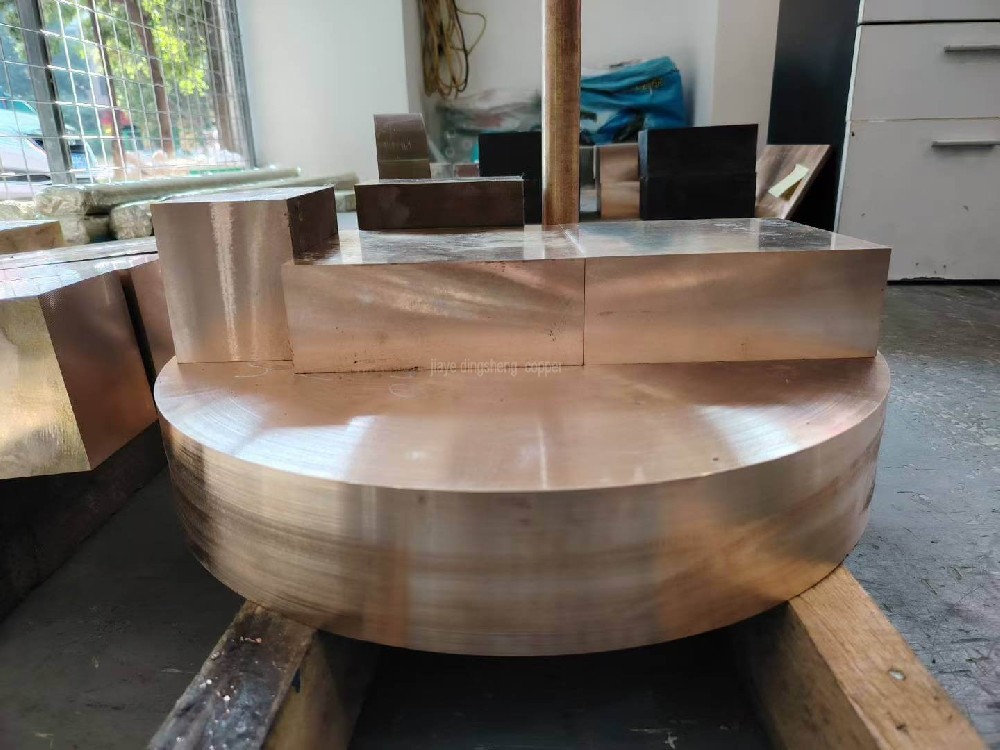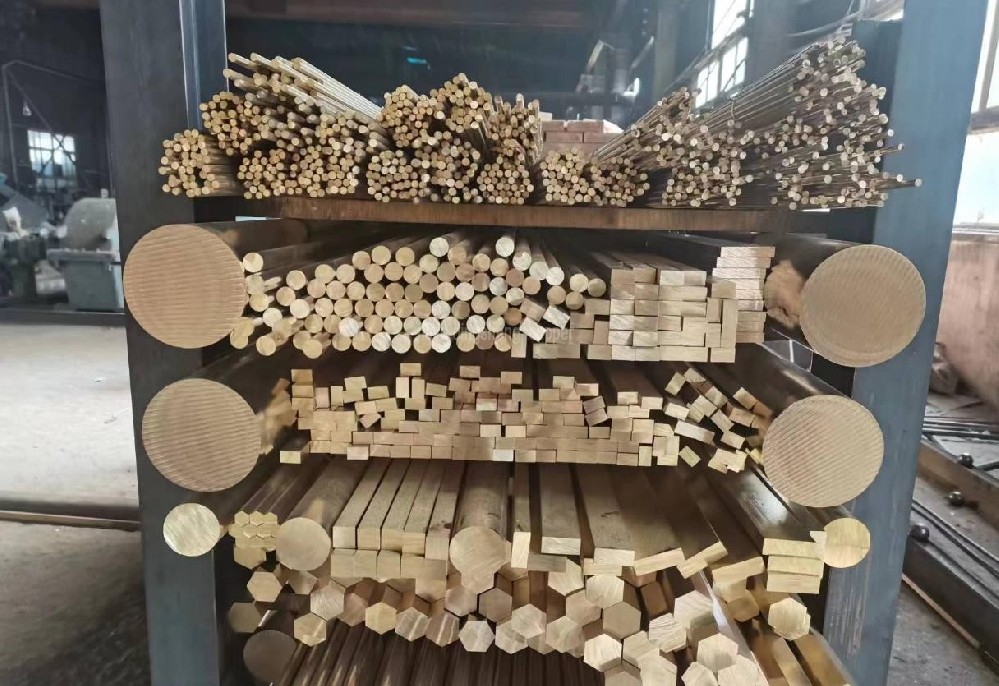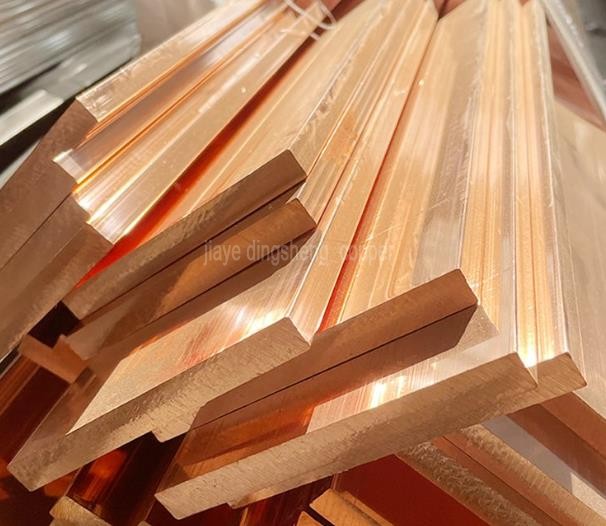What is the melting point of aluminum bronze?
The melting point of aluminum bronze usually ranges from 900 to 1000 degrees Celsius, but the specific value may vary depending on the content of aluminum and other elements in the alloy. This range is based on the comprehensive consideration of the common composition of aluminum bronze alloys and their physical properties.
Aluminum bronze, as a common alloy material, is widely used in multiple industrial fields. Understanding its physical properties, especially the melting point, is crucial for the processing and use of the material.
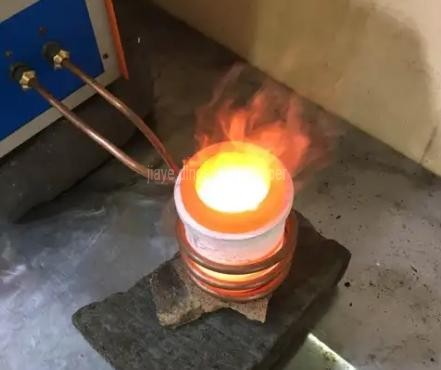
Melting Point Range of Aluminum Bronze
Aluminum bronze is an alloy of aluminum and copper. Since the melting point of an alloy is usually lower than that of its constituent metals, the melting point of aluminum bronze is also lower than that of pure copper (1083 degrees Celsius). The melting point of aluminum bronze varies depending on the aluminum content and the addition of other alloying elements. Generally, the melting point of aluminum bronze is typically within the range of 700-1050 degrees Celsius. The exact melting point of aluminum bronze is closely related to the aluminum content in the alloy and other added alloying elements. For example, certain specific types of aluminum bronze such as CuAl10Fe1 and QAl7, their melting temperatures can reach 950-1050°C and 1030-1050°C respectively. At the same time, the pouring temperature during the casting process is also a key factor affecting the final product quality, and it should be controlled within 1200-1300°C to ensure the best fluidity of aluminum bronze.
Melting point range and typical alloys
The melting point of aluminum bronze is influenced by the contents of elements such as aluminum, iron, and nickel. The higher the aluminum content, the lower the melting point (the melting point of pure copper is 1085°C, and that of pure aluminum is 660°C). The melting points of the main alloys are as follows:
Alloy type | Melting point range |
QAl11-6-6 | 950–1050°C |
QAl9-4 | 1037–1048°C |
CuAl7 | About800°C |
CuAl8Fe3 | 1000–1060°C |
CW307G | 900–950°C |
QAL10-3-1.5 | 950–1050°C |
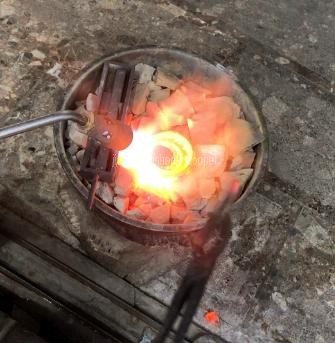
Factors Affecting Melting Point
1. Aluminum content: The aluminum content in aluminum bronze has a significant impact on the melting point. The higher the aluminum content, the generally lower the melting point of the alloy.
2. Other alloying elements: Besides aluminum and copper, aluminum bronze may also contain other elements such as manganese, nickel, zinc, etc., to improve the mechanical properties and corrosion resistance of the alloy. The addition of these elements also affects the melting point of the alloy.
Characteristics and Applications of Aluminum Bronze
Aluminum bronze possesses excellent mechanical properties, wear resistance, and corrosion resistance, making it widely used in the manufacturing of mechanical components such as bearings, gears, and valves. Additionally, aluminum bronze has good thermal and electrical conductivity, enabling its application in the electrical industry as well.
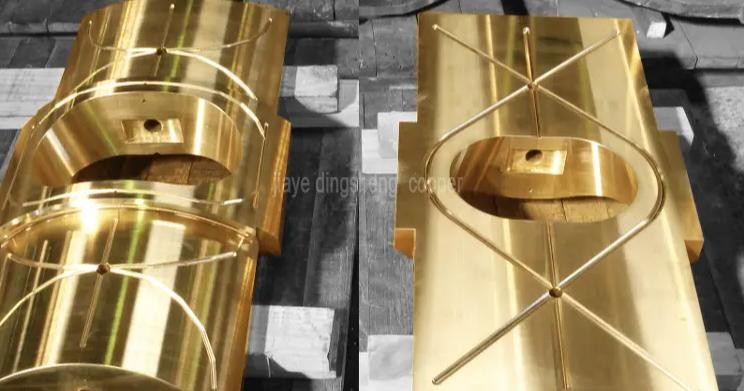
In summary, the melting point of aluminum bronze is influenced by various factors, typically ranging from 900 to 1000 degrees Celsius. Understanding the melting point of aluminum bronze is of great significance for the rational selection and processing of this material. In practical applications, it is necessary to choose the appropriate aluminum bronze alloy based on specific requirements and conditions, and adopt corresponding processing techniques to ensure the full performance of the material.
# Tags:
-
melting point of aluminum bronze

